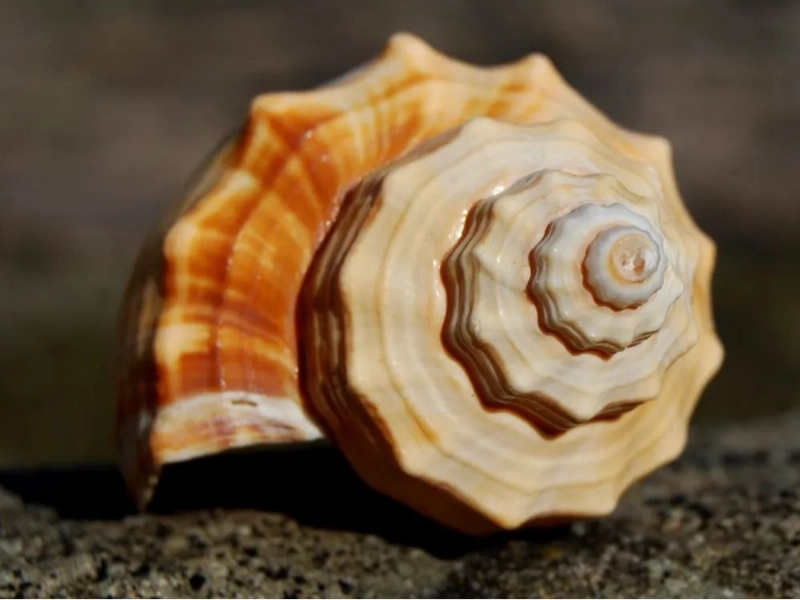Fractal Geometry: The Infinite Beauty of Repetition in Nature
Advertisement
5. Practical Applications of Fractals in Science and Technology

Advertisement
Although their visual attractiveness is much appreciated, fractals have importance much beyond mathematics and art. Actually, fractal geometry has discovered many useful applications in many different scientific and technical domains, transforming our approach to challenging problems and study of natural events.
In computer science, fractals are absolutely important for methods of data compression. Using the self-similarity of images, fractal compression techniques attain great compression ratios without appreciable quality loss. For reducing natural photos with fractal-like patterns, such landscapes or textures, this is especially helpful. Though not as often utilized as some other compression techniques, fractal compression is nonetheless a subject of continuous study and development.
Fractal geometry has also tremendously helped telecommunications. Rising in popularity are fractal antennas, which enhance the length or perimeter of the antenna by means of a fractal design, therefore reducing the total area. Modern mobile devices and other applications where space is at a premium find these antennas perfect as they can run at several frequencies while keeping a small footprint.
Within the field of medical science, fractal analysis has shown great diagnostic utility. Many biological systems, including blood vessels, neuronal networks, and even the distribution of malignant cells, have fractal character that lets one employ fractal dimension as a quantitative measurement in medical imaging. Early stages of breast cancer can be found, for example, using variations in the fractal dimension of mammographs. Similar diagnosis of diabetic retinopathy can benefit from fractal analysis of retinal blood vessels.
Fractal models help environmental scientists and geologists examine and forecast different natural events. Fractals may faithfully represent the patterns of plant development, river network building, and mineral deposit distribution. Particularly in modeling cloud formations and precipitation distribution, fractal analysis aids in meteorology in understanding and forecasting of weather patterns.
Fractal geometry has also found acceptance in materials science. Fractal models let researchers investigate nanostructures, fracture surfaces, and porous material characteristics. Knowing the fractal character of these materials helps one to create new materials with superior energy absorption capacity or strength capability.
Fractal analysis has been used to investigate market behavior and evaluate risk in economics and finance. Fractal-based models for forecasting market trends and assessing investment strategies have evolved from the self-similar character of price oscillations in financial markets. These models more precisely than conventional linear models can represent the intricacy of market activity.
Fractal ideas have also helped with architecture and urban design. Many times displaying fractal-like growth patterns, cities can be designed more sustainably and effectively by knowing these trends. Fractal ideas are used by some architects to produce aesthetically beautiful yet operationally effective buildings.
From computer networks to social networks, fractals have been applied in field of network research to examine and improve intricate networks. Many network architectures have self-similar characteristics that let fractal analysis methods be applied to grasp network topology, better routing algorithms, and increase network resilience.
Another field where fractal geometry has been rather important is ecology. Fractal models help ecologists investigate patterns of habitat structure, species distribution, and biodiversity. From individual creatures to whole ecosystems, these models help to clarify how various species interact with their surroundings across several levels.
New uses are always developing as we keep discovering and comprehending the fractal character of our planet. From constructing more effective solar cells to enhancing artificial intelligence systems, the ideas of fractal geometry are proving to be quite helpful tools in many different scientific and technical fields.
Fractals' pragmatic uses show the ability of this mathematical idea to close the distance between abstract theory and actual problem-solving. Our knowledge of fractals deepens and our technological capacity develops will enable progressively more creative uses leveraging the limitless complexity and beauty of fractal geometry.
You May Like
Advertisement

